Free poster
Working safely with fine dust, gas and vapours
At which mail address would you like to receive this poster?
"*" indicates required fields
Our PPE-consultants have already counselled many organisations with regard to respiratory protection. We have, as such, gained a lot of experience. Do you require respiratory protection? Feel free to let one of our consultants assist you!
In the workplace, the air could be polluted, causing risks for the lungs and other organs. Dust-, gas- and vapour filters are important protection resources in this regard. Respiratory protection is subdivided into two types of filtering: that of vapours and fumes and that of dust particles. The operation of these filters differs. Read about the differences below.
The great diversity of substances makes the selection of good protection quite difficult. Even more: an incorrect choice may have fatal consequences. Therefore, it is imperative to make an educated and correct choice.
Protection against solid particles
Dust filtration works partly through statically charged fibres in a filter cloth. The dust particles introduced into the mask are sucked in are attracted to these fibres and stick to them. The clean filtered air passes through the mask and is then inhaled. When the filter is full, you notice it because it becomes more difficult to breathe through the filter.
Protection against gases and vapours
Filtering of gases and vapours is done in a totally different way. A cassette, that can be attached to the mask, contains active coal. The polluted air that is being breathed in, will be sucked through this active coal. The molecules of the hazardous fumes will attach to the coal, after which the clean air is being breathed in. When the filter is full, the molecules will be breathed in. Thus, gas- or vapour filters have but a limited capacity.
Combination filters
There are also filters available that protect against both risks.
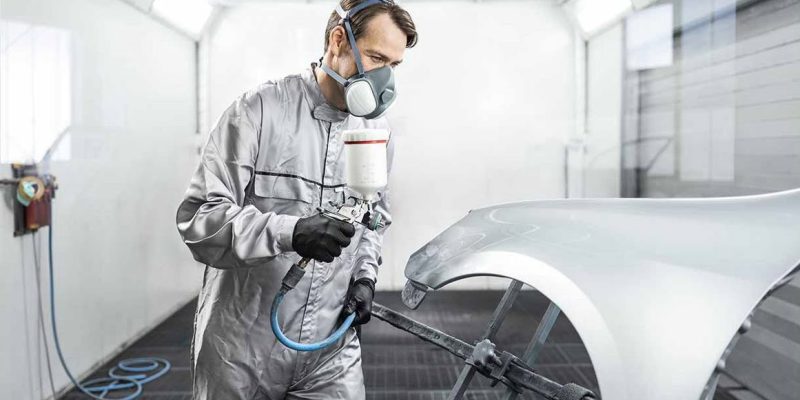
| Standard | Description |
| EN136 + C1/C2 | Full masks |
| EN137 | Compressed air breathing apparatus |
| EN138 | Self-priming respiratory protection resources |
| EN139 | Compressed airline breathing apparatus (replaced by EN 14593-1 and 2 + EN 14594) |
| EN140 + C1 | Half-face and quarter masks |
| EN141 | Gas filters |
| EN143 + A1/C1/C2 | Particle filters (P1-3) |
| EN149 + A1 | Filtering half-face masks for particles (FFP1-3) |
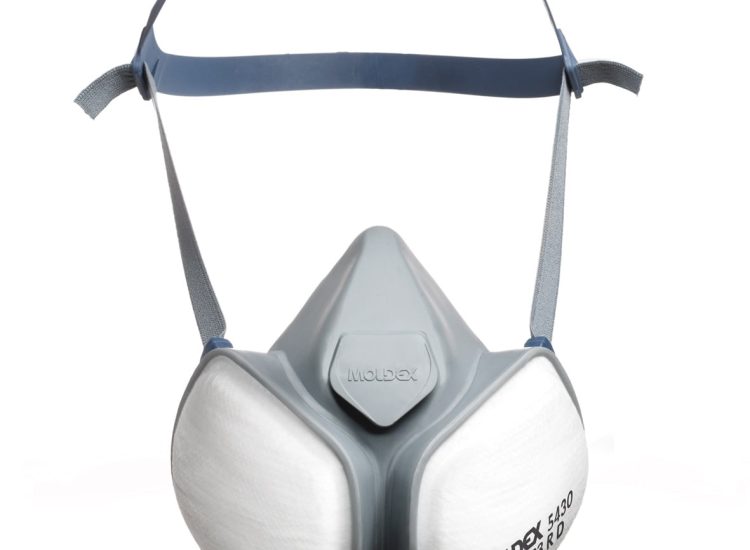
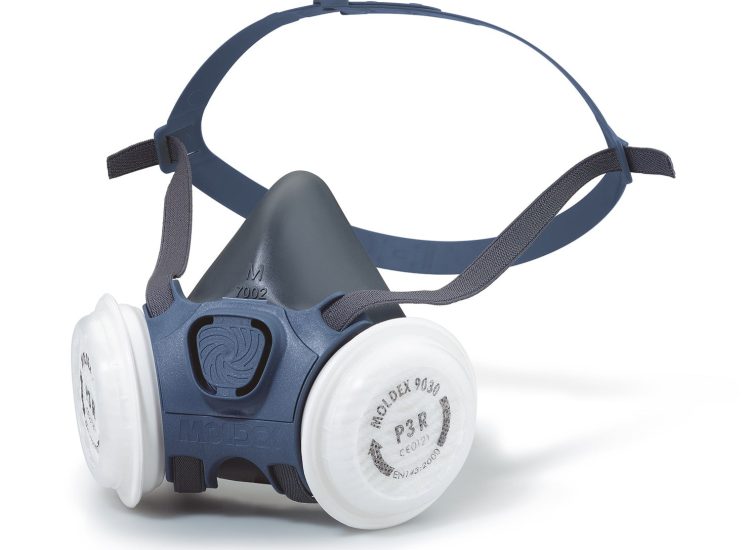
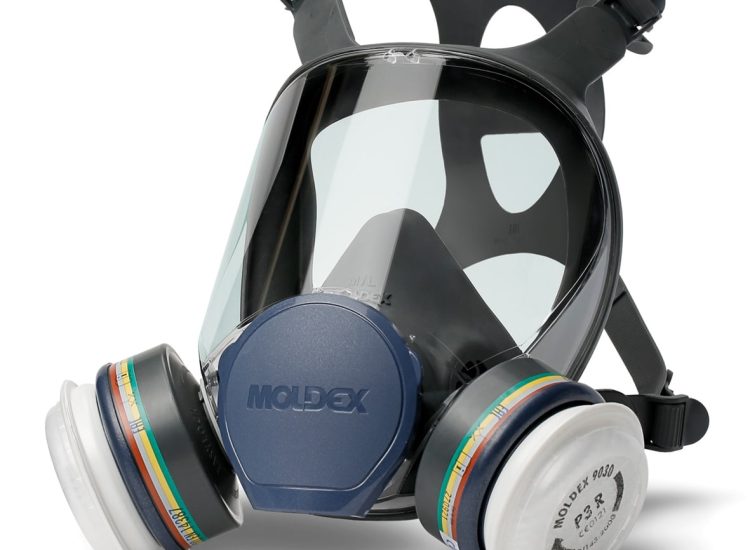
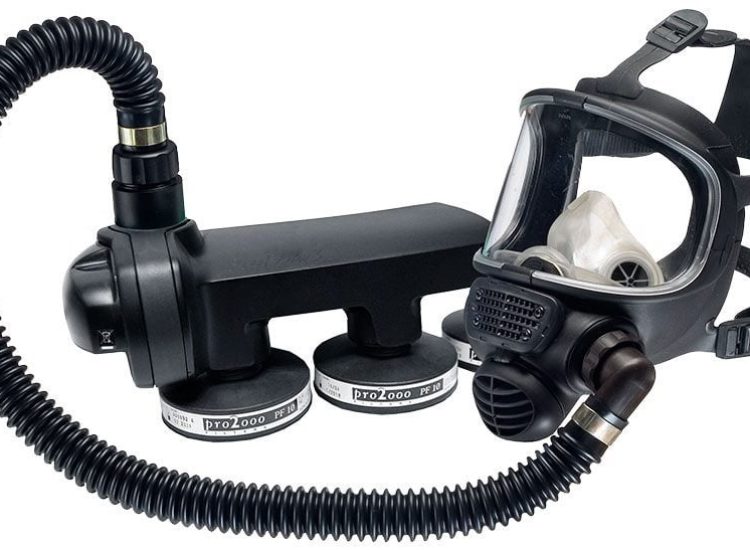
Unfortunately, not every mask fits equally well to the face. That is why every mask always leaks a little bit. According to the applicable rules, the protective resource should not leak too much. The leakage is determined by establishing the NPF-value. The higher this value, the less leakage and the better the protection.
In order to stimulate employees to use respiratory protection, comfort is highly important. This can be achieved by means of:
When you make intensive use of the device for a prolonged time, choose an air belt or compressed air, or a half-face mask with filter.
Our advisors are happy to help you or make an appointment if you wish.
Phone: +31 184 434 455
Mail: info@veiliggoed.nl
The selection and assembly of respiratory protection requires a lot of meticulousness. Take your risk-inventory or H&S catalogue as a starting point and ask advice from our PPE-consultants, who have a lot of experience with different situations at work. This way, you will comply with the laws and regulations and will additionally guarantee the safety at work.
Julian Bal - Strategic PPE advisor

Trapezium 400
3364 DL Sliedrecht
"*" indicates required fields
"*" indicates required fields